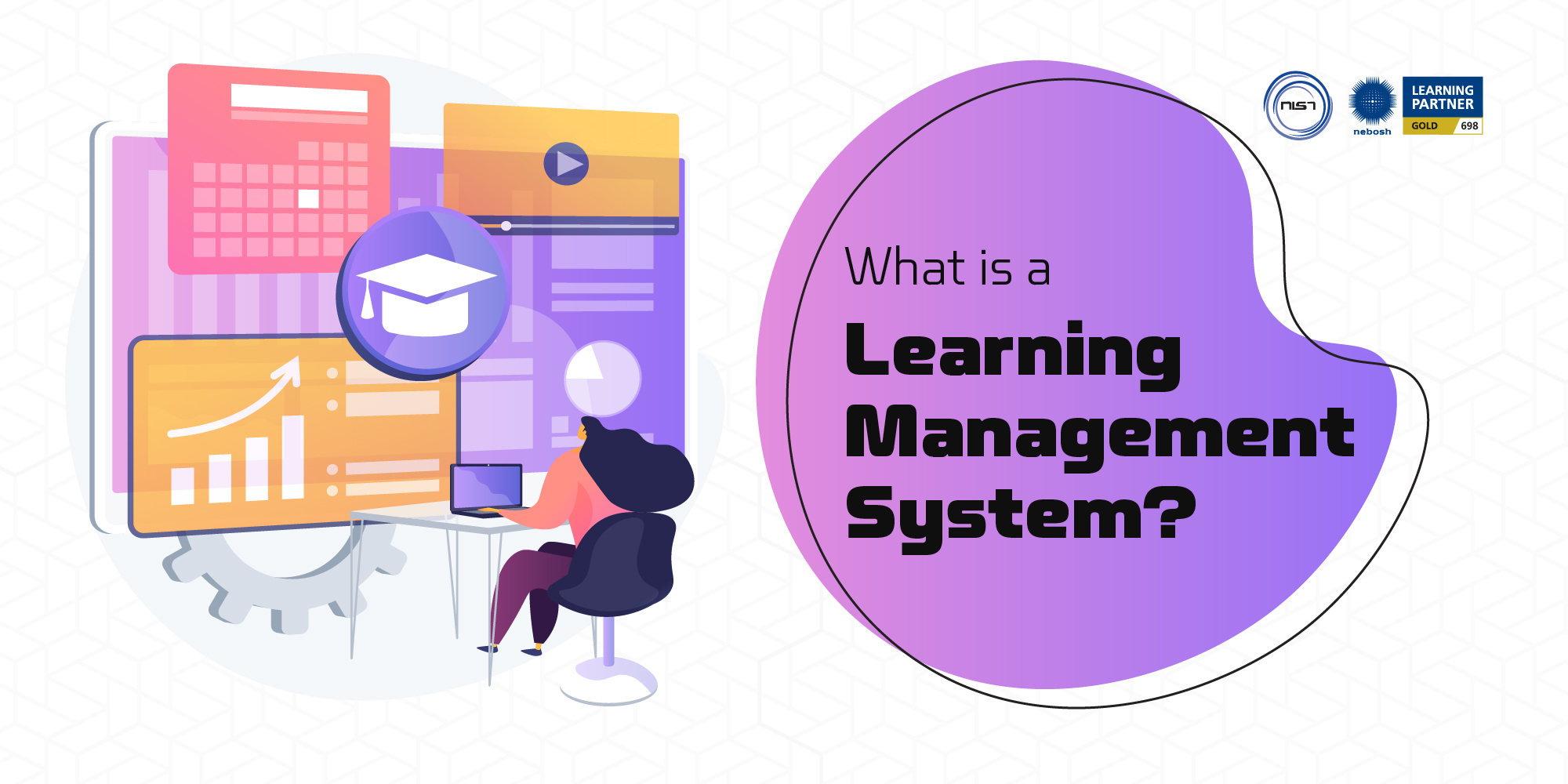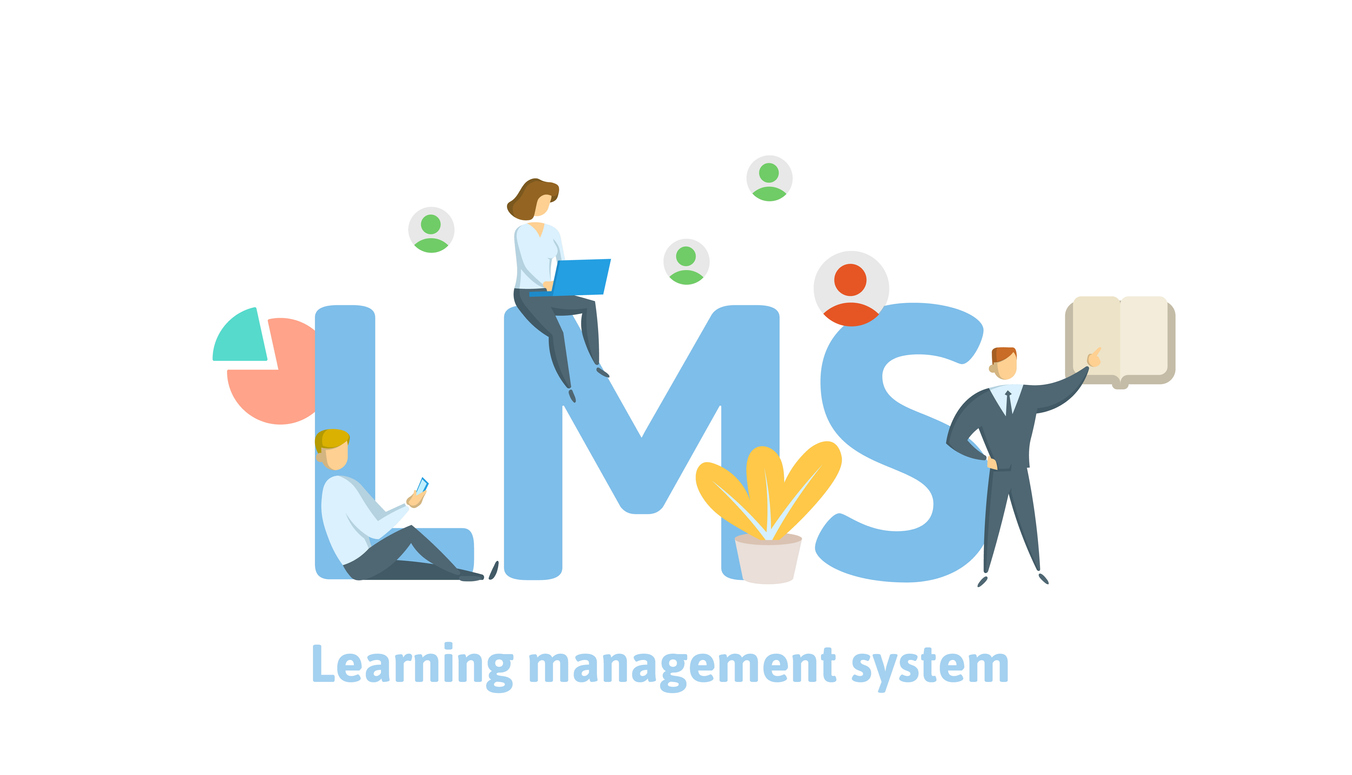Canvas Singapore: The Future of Online Learning and Education
Wiki Article
Streamline Education With a Leading Knowing Monitoring System
In the ever-evolving landscape of education, the adoption of a leading Knowing Monitoring System (LMS) provides a pivotal opportunity to enhance procedures and improve both training and finding out experiences. By offering and automating administrative tasks tailored learning courses, an efficient LMS not just helps with far better involvement but additionally fosters a setting for cooperation and inclusivity (LMS SG). Nonetheless, the combination of such a system increases critical concerns concerning its implementation and the extent of its influence on trainee end results. What strategies should institutions take into consideration to maximize these benefits?Benefits of a Discovering Management System
An Understanding Monitoring System (LMS) offers numerous advantages that can considerably improve the instructional experience for both learners and educators. Mainly, an LMS assists in streamlined course management, allowing trainers to manage program materials, track student progress, and analyze performance effectively. This automation minimizes the management worry on instructors, allowing them to focus more on mentor and trainee interaction.In addition, LMS platforms support tailored knowing courses, accommodating diverse learning designs and paces. This adaptability promotes a much more comprehensive setting, making it possible for learners to accessibility resources that best suit their needs. Furthermore, the access of an LMS permits pupils to engage with training course content anytime and anywhere, promoting self-directed understanding and suiting various timetables.
One more remarkable benefit is the enhanced partnership possibilities an LMS offers. Discussion discussion forums, team jobs, and peer evaluations encourage interaction amongst learners, boosting their understanding with shared point of views. In addition, the information analytics functions of an LMS make it possible for educators to acquire understandings into student interaction and performance, notifying educational methods and interventions.
Trick Functions to Search For

Following, robust reporting and analytics capacities provide important insights right into student development and involvement, permitting teachers to make data-driven decisions. Integration with various other tools, such as content writing software and interaction systems, is likewise essential for boosting capability and enhancing process.
Scalability is one more vital feature, guaranteeing that the LMS can grow alongside the organization's requirements, fitting an increasing variety of users and web content. In addition, mobile compatibility is vital in today's electronic landscape, making it possible for learners to access instructional materials on different gadgets.
Finally, solid protection procedures have to remain in location to safeguard sensitive information and preserve conformity with academic laws. By prioritizing these key attributes, organizations can choose an LMS that supports reliable mentor and finding out end results, ultimately boosting the educational experience for all stakeholders involved.

Enhancing Pupil Interaction
Trainee interaction is a vital variable in the success of any kind of curriculum, as it straight affects discovering outcomes and retention prices. A robust Learning Administration System (LMS) can play a critical function in boosting trainee interaction via numerous cutting-edge attributes.
In addition, personalized discovering courses allow students to proceed at their own rate, providing to individual knowing designs and choices. This versatility not just fosters a sense of possession over their knowing journey yet also keeps trainees invested and encouraged.
Additionally, real-time feedback devices make it possible for educators to monitor student efficiency and offer timely assistance, additional boosting the learning experience.
Implementation Approaches for Organizations
Successful implementation of a Knowing Monitoring System (LMS) requires institutions to embrace a strategic approach that lines up modern technology with academic objectives. To accomplish this, institutions must begin by conducting a view it complete requirements analysis to identify particular demands, making sure that the LMS will effectively address obstacles encountered in mentor and learning.Next, appealing stakeholders-- professors, administrators, and trainees-- is vital for promoting a society of cooperation and support. Training sessions need to be arranged to equip users with the essential abilities to utilize the LMS properly. Additionally, organizations have to allot sufficient resources, including time and budget, to assist in a smooth transition and continuous upkeep.
Additionally, creating a phased rollout plan can aid reduce potential interruptions. Organizations can begin with pilot programs to check functionality and collect comments prior to full-scale application. Constant analysis and adjustment of the LMS based on user experience will certainly further boost its performance.
Finally, it is necessary to communicate a clear vision of exactly how the LMS supports pedagogical methods, consequently motivating buy-in from all events involved. By following these strategies, establishments can guarantee an effective LMS implementation that ultimately enhances the educational experience.
Determining Success and Outcomes
Gauging the success and results of a Knowing Monitoring System (LMS) is important for determining its effect on training and discovering. This procedure involves the collection and evaluation of qualitative and measurable data to evaluate the effectiveness of the LMS in achieving academic objectives. Secret efficiency signs (KPIs) such as trainee involvement prices, training course completion prices, and evaluation scores offer crucial insights right into user communication and finding out results.
Additionally, surveys and responses systems can capture the experiences of both trainees and teachers, supplying valuable perspectives on usability, material importance, and general contentment. By triangulating these information resources, establishments can determine toughness and areas for improvement within the LMS framework.
In addition, aligning LMS metrics with institutional objectives boosts liability and sustains tactical planning. Ultimately, a systematic method to gauging success and end results not just makes sure continual enhancement of the LMS but also fosters a society of data-driven decision-making.
Final Thought
The combination of a leading Learning Monitoring System (LMS) substantially boosts educational experiences by automating management tasks and linked here providing customized knowing chances. By promoting collaboration and inclusivity, an effective LMS not only enhances student involvement yet also drives far better discovering results. Institutions need to prioritize the selection and implementation of an LMS that straightens with their goals, making certain durable analytics and interactive content are made use of to determine success and continuously improve the academic environment.A Knowing Management System (LMS) offers various benefits that can considerably boost the educational experience for both learners and instructors.Furthermore, LMS platforms sustain tailored discovering paths, accommodating diverse understanding designs and you could try these out paces.Determining the success and end results of a Knowing Monitoring System (LMS) is vital for identifying its effect on training and discovering.The assimilation of a leading Understanding Administration System (LMS) considerably enhances educational experiences by automating administrative tasks and supplying customized learning opportunities. By cultivating collaboration and inclusivity, an effective LMS not only boosts trainee interaction however likewise drives much better learning outcomes.
Report this wiki page